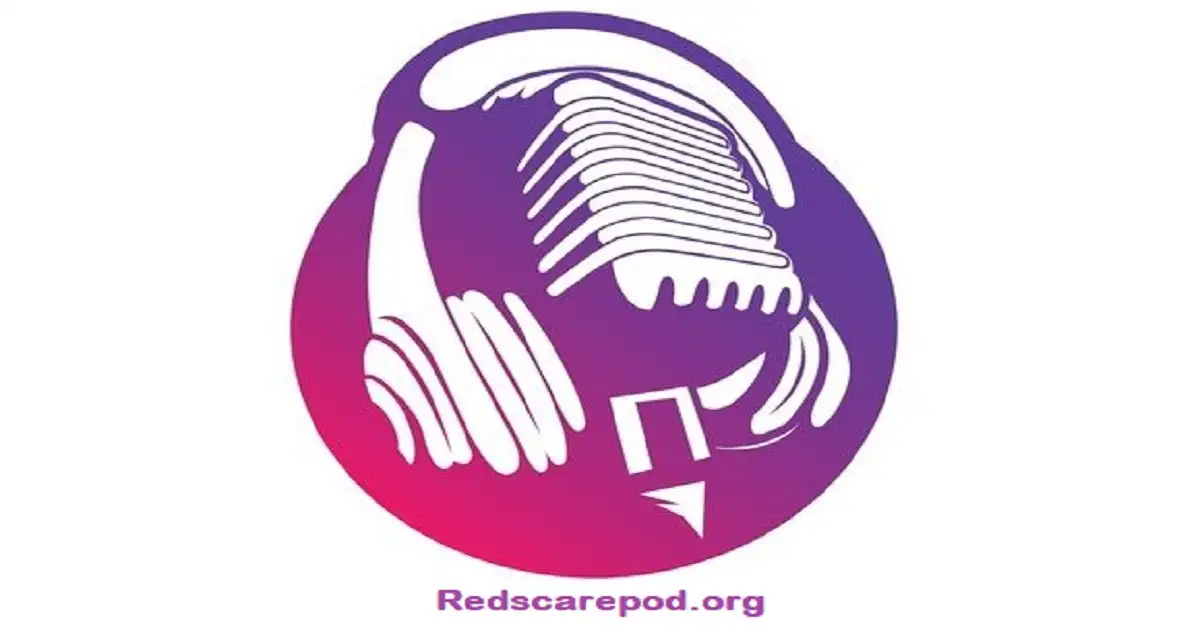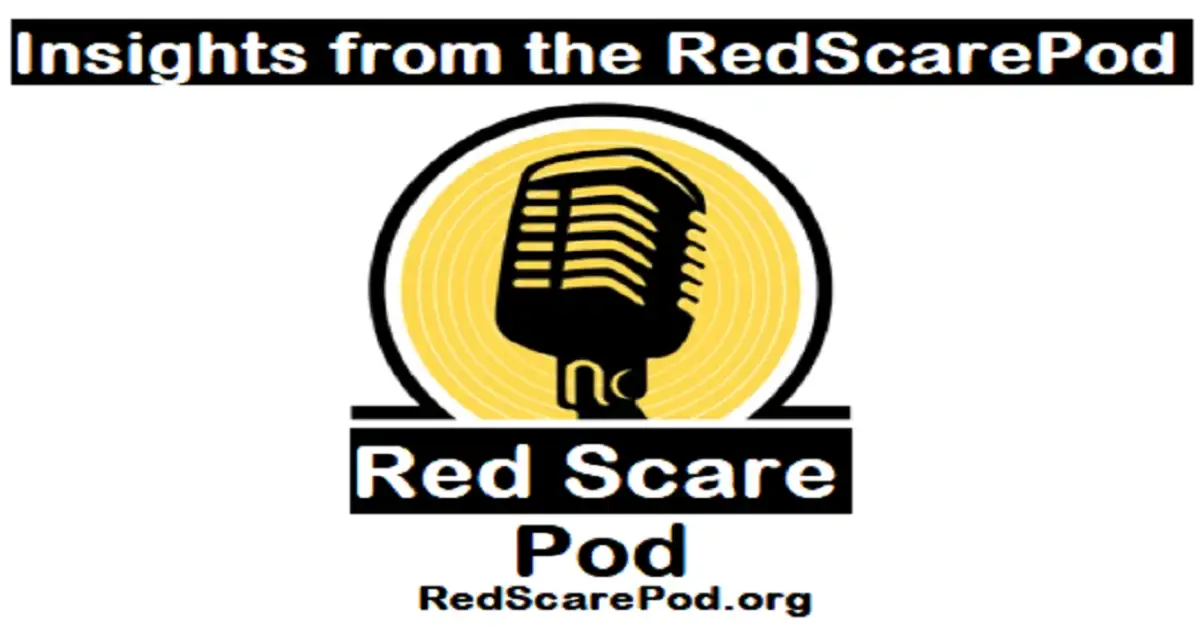Exploring the Echoes of the Red Scare: Insights from the RedScarePod
Table of Contents
- Introduction
- Historical Background of the Red Scare
- Overview of the “RedScarePod”
- Themes Explored in the Podcast
- Case Studies from the Podcast
- Modern Parallels to the Red Scare
- Critique and Reception
- Conclusion
- Further Reading and Resources
- FAQs
| Section | Description |
|---|---|
| Introduction | Overview of the podcast’s theme, linking the historical Red Scare to contemporary issues. |
| Historical Background of the Red Scare | Detailed exploration of the first and second Red Scare periods in the U.S., highlighting key events and figures. |
| Overview of the ‘RedScarePod’ | Introduction to the podcast hosts, themes, and its cultural and political commentary style. |
| Themes Explored in the Podcast | Discussion on freedom and censorship, cultural dynamics, and media’s role in shaping public opinion. |
| Case Studies from the Podcast | Examination of specific episodes that analyze historical events and figures from the Red Scare era. |
| Modern Parallels to the Red Scare | Analysis of how modern-day societal and political issues mirror those from the Red Scare periods. |
| Critique and Reception | Overview of public and critical reception of the podcast, including controversies and praises. |
| Conclusion | Summary of insights provided by the podcast and its relevance to understanding current societal dynamics. |
| Further Reading and Resources | Recommendations for additional resources on similar themes for interested listeners and readers. |
| FAQs | Answers to common questions about the Red Scare, the podcast’s approach, and lessons for today’s society. |
This table provides a clear, organized summary of the content, allowing readers to quickly grasp the scope and depth of the article.
Introduction
In the annals of American history, few periods are as charged with fear and suspicion as the Red Scare eras. During these times, the American public was swept with a paranoia about communism that led to widespread societal and political consequences. Fast forward to today, and echoes of those fears can still be heard in modern discourse, a topic that the “RedScarePod” dives into with fervor and insight. This article aims to explore the themes discussed in the podcast, drawing parallels between past Red Scares and today’s political and cultural climate.
Historical Background of the Red Scare
The term “Red Scare” encompasses two major periods in American history where the fear of communist infiltration caused mass hysteria and societal upheaval. The first Red Scare (1919-1920) was driven by the genuine fear of a Bolshevik revolution occurring in the United States, similar to that in Russia. The second Red Scare (1947-1957), known for its association with Senator Joseph McCarthy, was marked by aggressive investigations and the questioning of the political loyalty of public figures, leading to careers being destroyed over unfounded accusations of communism. These periods highlight a time of heightened political repression and are pivotal in understanding the dynamics of fear that can influence a society.
Overview of the “RedScarePod”
The “RedScarePod” is hosted by cultural commentators who dissect events, ideologies, and personalities through an unfiltered and critical lens. The podcast delves into a mix of historical analysis and contemporary commentary, challenging its audience to question mainstream narratives. It’s known for its provocative discussions that explore how past political and cultural movements relate to current events, making it a platform for debate and reflection on issues that resonate with or repel modern sensibilities.
Themes Explored in the Podcast
Freedom and Censorship: The podcast examines the balance between security and freedom, drawing from historical examples where fear led to censorship and suppression of dissent. Cultural Dynamics: It discusses the evolution of American cultural and political thought, comparing the reactionary movements of the past with today’s political polarization. Media’s Role: The influence of media in shaping public opinion then and now is a recurring theme, exploring how media can manipulate perceptions and create widespread moral panics.

Case Studies from the Podcast
Each episode often focuses on a particular event or figure from the Red Scare era, providing a detailed analysis that illuminates the complexity of historical events and their long-lasting effects. For instance, an episode might explore the Hollywood blacklistings and how those targeted by the House Un-American Activities Committee were ostracized, drawing parallels to how social media is used today for public shaming and professional destruction.
Modern Parallels to the Red Scare
The podcast does not hold back in drawing lines between the McCarthy era and today, suggesting that modern-day “witch hunts” in social and political spheres resemble those of the 1950s. Whether it’s cancel culture, the surveillance state, or political correctness, the podcast argues that many of today’s cultural and political tactics are reminiscent of past Red Scare tactics.
Critique and Reception
The “RedScarePod” has stirred controversy and acclaim alike. Critics argue that its hosts sometimes draw too direct a line between past and present, possibly oversimplifying complex issues. However, supporters find value in the provocative nature of the discussions, which encourage critical thinking and engagement with historical contexts to better understand current issues. The podcast has carved out a niche for itself among listeners who appreciate its depth and the willingness to tackle taboo subjects.
Conclusion
“RedScarePod” offers a unique lens through which to view the past and present. By understanding the historical Red Scare, listeners can gain insights into contemporary issues, recognizing patterns that might otherwise go unnoticed. This reflection is vital for anyone interested in the cyclical nature of fear and suspicion in politics.
Further Reading and Resources
For those interested in exploring similar themes, a variety of resources are recommended. Books such as “The Crucible” by Arthur Miller, which uses the Salem Witch Trials as an allegory for McCarthyism, and other politically charged works provide further context. Links to notable episodes of the podcast are also provided for deeper engagement.
FAQs
Q: What exactly were the Red Scares?
A: The Red Scares were periods of intense fear of communism in the United States, marked by widespread suspicion and persecution of perceived communists.
Q: Why does the “RedScarePod” compare historical events with modern issues?
A: The podcast aims to highlight how historical patterns of fear and suspicion are relevant to understanding contemporary societal and political issues.
Q: Can examples from the Red Scare be seen in today’s society?
A: Yes, modern examples of political persecution and public shaming can be compared to tactics used during the Red Scares, offering insights into how similar dynamics operate today.
Q: How can I access the “RedScarePod”?
A: The podcast is available on most major streaming platforms, including Spotify and Apple Podcasts.



